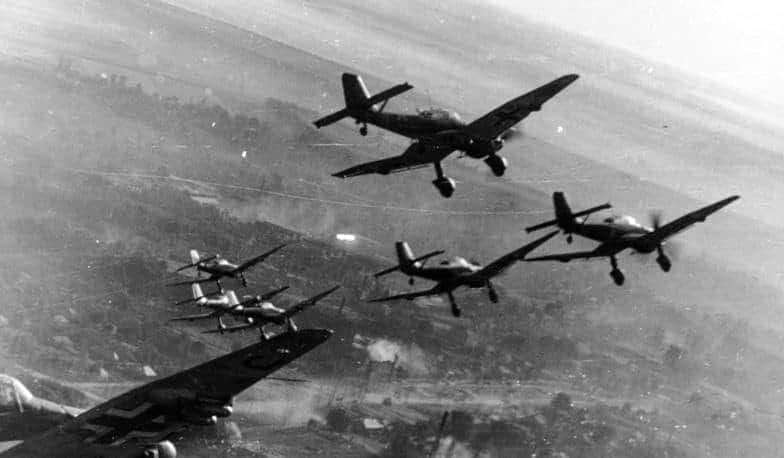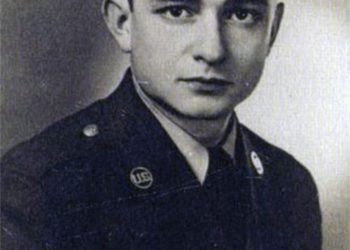Stuka in 1941: The age of Close Air Support. The Stuka was tested in very small numbers in Spain before being successfully used during the German Blitzkrieg in Poland, the Low Countries and France. However, communication between army units and air units was difficult: Requirements for strikes were passed on from the front to the officer in command of the campaign. Said commander would then communicate with the officer in charge of the air operations on that theater. This officer would in turn pass on the message to the relevant local base/air wing. The process was slow. Too slow.
As such, the Stukas were primarily used as mobile artillery.The job of the Ju-87 was to engage fortifications and disrupt the enemy’s rear area, assembly points and supply points while the German infantry and armour did the fighting on the ground.
Fliegerverbindungsoffiziere or Flivos (Air Liaison Officer / Joint Terminal Attack Controller) and Nahkampffuhrer (Close Air Support Officer) were progressively introduced to improve communication between air and land units early on and progress in that area was made as lessons were learned from one campaign to another. By 1941, right on time for operation Barbarossa, the system reached peak efficiency (for its time): Experienced Stuka pilots (acting as Flivos) following the German armoured spearhead in specially adapted Panzer IIIs were in direct radio contact with the 8th Air Corps’ Stukas. For the first time in history, continuous and effective air support was available in real time in a mobile environment. CAS (Close Air Support) was born!










